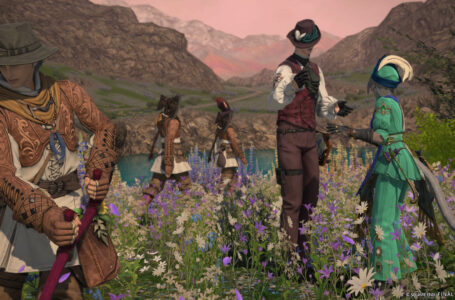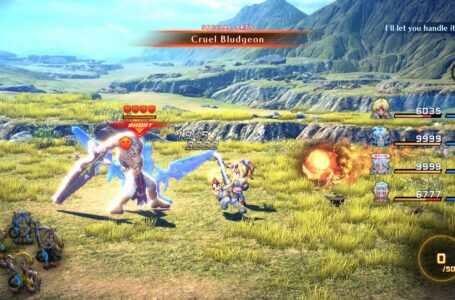Some initial impressions from Final Fantasy IV’s new pixel remaster
A while back, Square Enix released the Pixel Remasters for Final Fantasy I, II and III. They were decent, aside from some questionable font choices (which the community quickly determined a way to fix). Now, as I type this, Final Fantasy IV’s Pixel Remaster has just been released on Steam, so I thought I’d give it a shot.
Personally speaking, I tend to think of Final Fantasy IV as one of my least favourite Final Fantasy titles — not because it’s particularly “bad” per se, but because it’s one of the least mechanically interesting games in the series. On top of that, the original SNES version hasn’t aged all that elegantly from a visual perspective compared to V and VI — though the PSP version from a while back certainly corrected that issue.
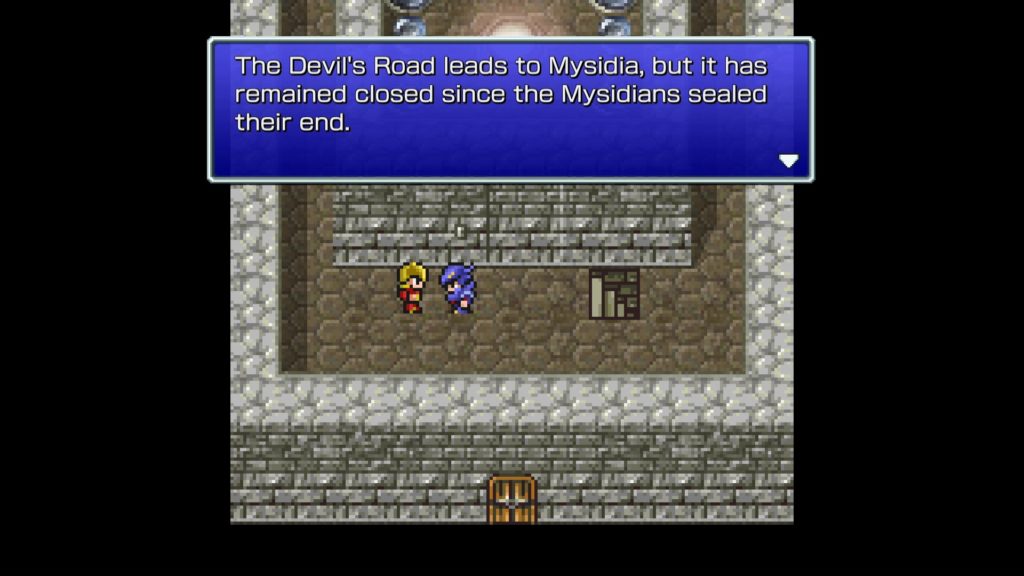
Nonetheless, I was still interested to try this new version of Final Fantasy IV, because it is arguably the entry in the series that could most benefit from a bit of a facelift and the same quality of music that the previous Pixel Remasters offered. And, sure enough, this new version of Final Fantasy IV both looks and sounds great; the new soundtrack in particular, which combines cinematic orchestral work with some distinctly prog rock-style inspirations — Uematsu’s personal tastes and love of the Hammond organ coming to the fore, perhaps? — is a real highlight of the experience.
The revamped visuals are also very appealing. While the original Final Fantasy IV looked very much like an early-era SNES game — that is to say, like an NES game with more colours and less sprite flicker — this new take is, as you might expect, firmly in line with the other pixel remasters. There’s plenty of detail — particularly in terms of background animation on scenery elements such as water and fire — but the whole thing still feels authentically retro… aside from the interface, which, being high-resolution, still looks a little out of place even if you apply the font fix.
Battle backgrounds particularly benefit from the improved visuals, taking the form of properly drawn backdrops rather than the tile-based scenes of the original game, and the sprites fit in nicely. Enemy sprites are shown at a good size, too — in a couple of the previous Pixel Remaster games, some of the sprites looked a little small, but since the original Super NES version of Final Fantasy IV had some pleasingly large sprites anyway, it was presumably less of an issue to revamp them for this new version.
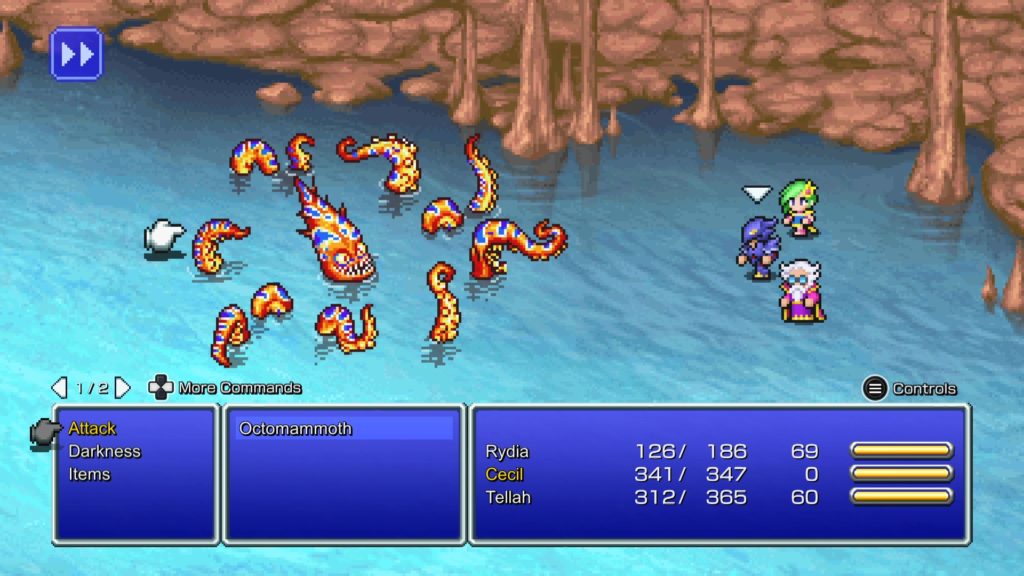
In technical terms, Final Fantasy IV’s Pixel Remaster suffers from a few issues that the initial releases had — though thankfully there’s no longer a need to manually enable VSync in your graphics card’s control panel to prevent screen tearing on certain displays. However, it still doesn’t automatically hide your mouse cursor, there is still juddery scrolling at times — which really shouldn’t be an issue considering the power of today’s PCs — and there’s a peculiar, subtle but nonetheless noticeable “wobble” on gauges in the battle interface as they increase.
Little things like this just give the impression that the game hasn’t had quite the amount of polish it deserves, especially considering it’s supposed to be a celebration of Square Enix’s flagship franchise — and that other areas, such as the music, have been put together with such love and care.
Mechanically it is still recognisably Final Fantasy IV, which means the first appearance of the Active Time Battle system — albeit with on-screen gauges this time around, unlike the original release. For the unfamiliar, this means that the game eschews the original strictly turn-based combat of the first three Final Fantasy games; instead, each character (and enemy) acts according to their Active Time charge gauge. Their gauge fills over time — enemy gauges are invisible — and when it fills, they choose and take their action.
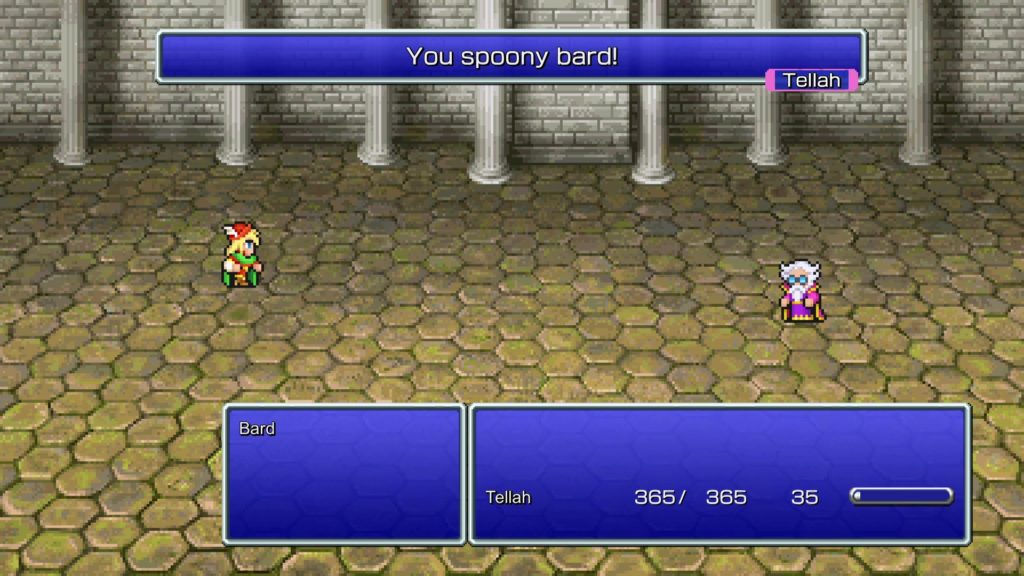
Progression is, likewise, structured in the same way as the original game, which means individual party members cannot be customised, and your party lineup is determined by your progress through the story rather than determined manually. Each character has a set job — though some change as part of the narrative — and they learn the abilities for that job at set level intervals. There are no meaningful character progression decisions to make aside from equipment, and for me, this has always been one of the weakest aspects of Final Fantasy IV.
But then, the counterpoint to that is that Final Fantasy IV is not trying to be a mechanically complex entry in the series. Up until Final Fantasy VI, the series alternated between two distinct formats: narratively dense and mechanically simple, and mechanically dense and narratively simple. Whether or not this was deliberate during the original development process is up for debate, but regardless, it happened: Final Fantasy I was mechanics-centric, Final Fantasy II was narrative-centric (although it in its own way had complex mechanics that would go on to spawn the SaGa series), Final Fantasy III was mechanics-centric — and thus Final Fantasy IV was narrative-centric.
For those who enjoy simply taking in a game’s story without having to think about anything too complicated, this is great — Final Fantasy IV has always been a game that, for the most part, you can romp through without having to stop to grind. (Well, the final dungeons and last boss might be a slight exception to that, but it’s true for the most part, anyway.) Simply bonk monsters on the head, take their stuff, earn experience, get stronger, progress story, repeat. It works, sure — but these days it can feel a bit simplistic compared to other entries in the series.
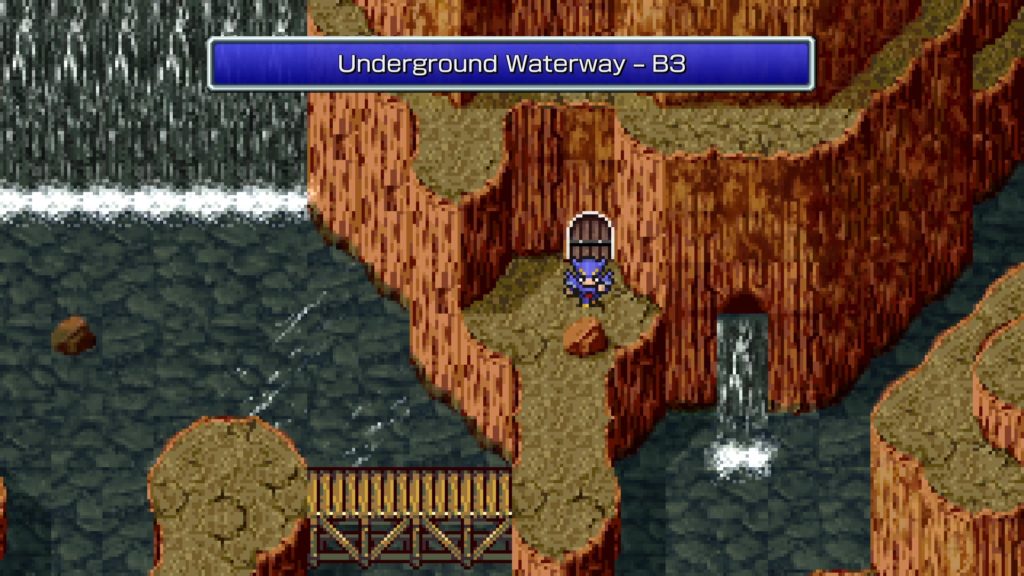
It’s a journey worth taking, though; the characters and story in Final Fantasy IV remain beloved of series veterans with good reason — and with Final Fantasy XIV’s next expansion Endwalker looking to be strongly inspired by Final Fantasy XIV, doubtless there will be renewed interest in this game. Just go in knowing what to expect — great story, solid but unremarkable mechanics — and you’ll have a blast.
Plus it’s 20% off at the time of writing, too. Get in there, and don’t forget we’ve got a full guide on how to fix the font right here.
Join The Discussion
Rice Digital Discord
Rice Digital Twitter
Rice Digital Facebook
Or write us a letter for the Rice Digital Friday Letters Page by clicking here!
Disclosure: Some links in this article may be affiliate links, which means we may earn a small commission if you make a purchase after clicking on them. This is at no additional cost to you and helps support Rice Digital!
- Letter from the Editor: passing the torch - June 30, 2023
- Super Woden GP 2 is looking promising - June 30, 2023
- Inti Creates is making a 32 bit-style Love Live action platformer - June 26, 2023




